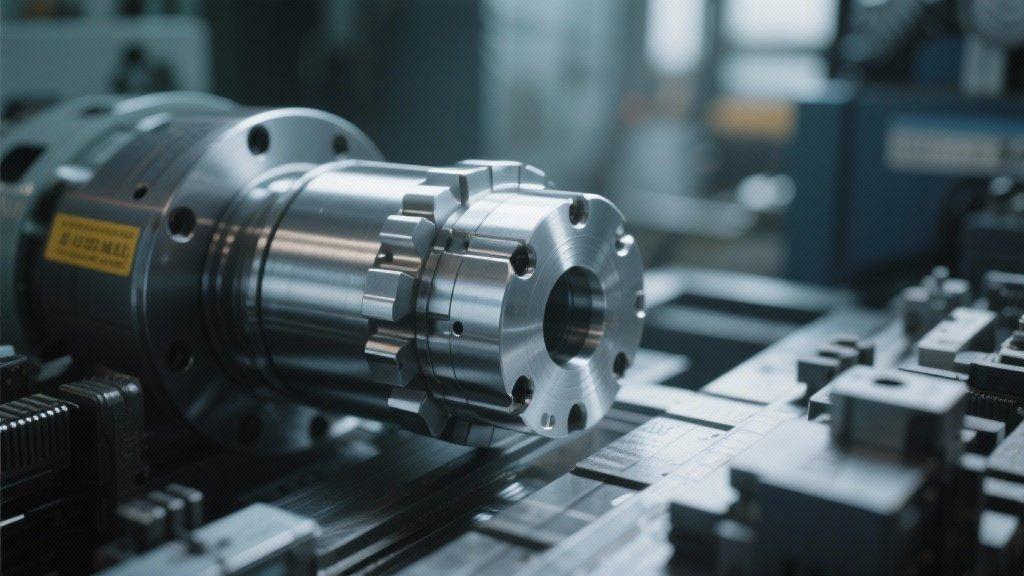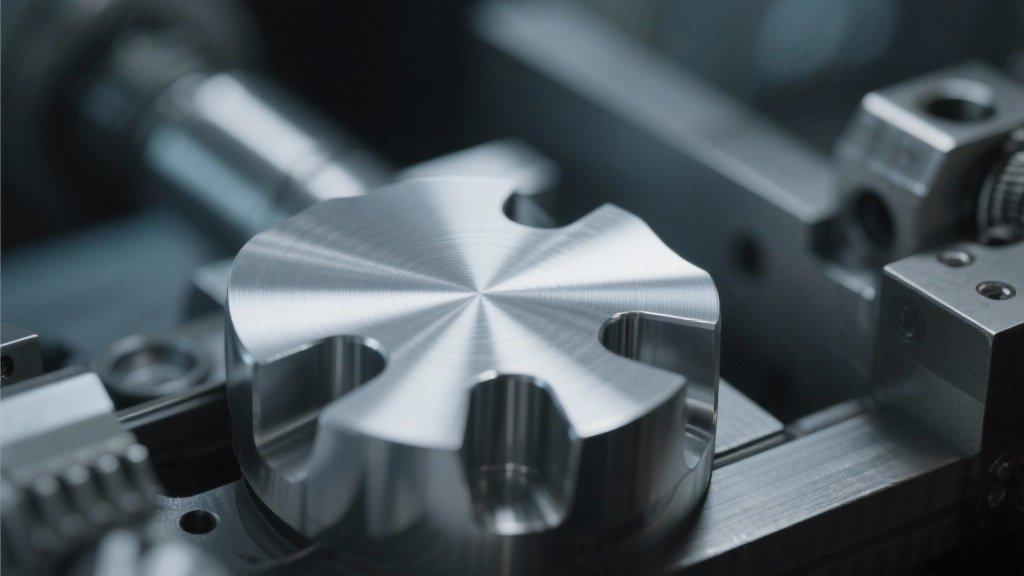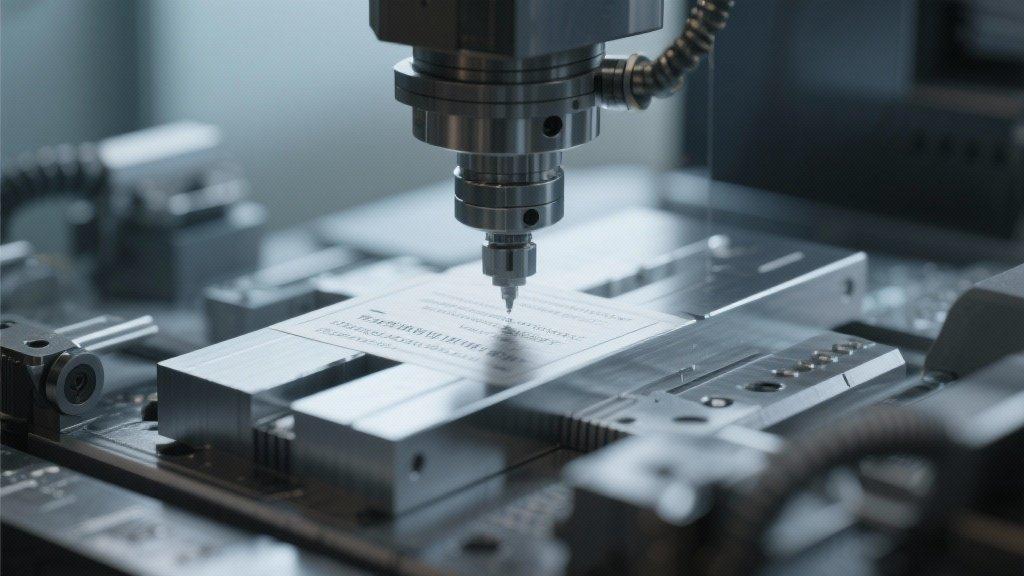When it comes to machining aluminum, choosing the right tool materials can make or break your project’s success. The question isn’t just about what tools to use, but rather which materials will provide the best performance for your specific machining needs. Let’s dig deeper into this topic and explore the most effective tool materials for aluminum machining, their properties, and how they can help you achieve precision and efficiency.
Common Tool Materials for Aluminum Machining
Carbide Tools
Carbide is often the top choice in aerospace and automotive industries due to its impressive hardness and wear resistance. Tools made from carbide can typically handle higher cutting speeds and temperatures, making them ideal for continuous machining tasks. They maintain a sharp edge longer than many alternatives, which translates to reduced downtime and better cost-effectiveness in the long run.
High-Speed Steel (HSS)
HSS tools might be considered a more traditional option, but they still hold significant value, especially for less demanding applications. While they may not withstand the same intense conditions as carbide, HSS tools are versatile and can be easily sharpened. They’re also less expensive, making them an appealing choice for small shops or projects with limited budgets.
Ceramic and CBN Tools
For heavy-duty applications involving tough aluminum alloys, ceramic and cubic boron nitride (CBN) tools are worth considering. They excel in extremely high-speed machining scenarios, allowing for a great surface finish on components. However, they can be brittle and less forgiving than carbide and HSS tools, so they have specific applications and guidelines for use.
Diamond-Coated Tools
If you often work with aluminum oxide or need a superior finish in your machining, diamond-coated tools can be a game-changer. They provide unmatched hardness and wear resistance, especially in non-ferrous materials like aluminum. The downside? They’re more expensive and may require special handling procedures during machining.
Choosing the Right Tool Material
Selecting the appropriate tool material depends on several factors, including:
Conclusion
In the realm of aluminum machining, the tool materials you choose can significantly affect your outcomes. By understanding what each material brings to the table and considering your specific requirements and context, you can make informed decisions that enhance your machining operations. Whether you’re working with carbide, HSS, ceramics, or diamonds, the goal remains the same: finding an effective solution that meets your production needs. If you’re curious to explore more about these materials or have specific cases that you’d like insights on, don’t hesitate to reach out!
What types of tool materials are best for aluminum machining?
When you’re machining aluminum, some of the best tool materials include carbide, high-speed steel (HSS), ceramic, and diamond-coated tools. Each material has its own strengths depending on the application.

For instance, carbide tools offer excellent hardness and longevity, while HSS tools are more versatile and cost-effective, especially for lighter machining tasks.
How do I choose the right tool material for specific aluminum alloys?
The choice of tool material depends largely on the type of aluminum alloy you’re working with. Softer alloys can often be machined with less expensive materials, but for tougher alloys, you would want to use something like carbide or ceramics to avoid wear.
Consider the alloy’s properties and choose a tool that can handle those demands without compromising performance.
What are the advantages of using diamond-coated tools in aluminum machining?
Diamond-coated tools are perfect for achieving superior surface finishes, especially with aluminum oxide. They are incredibly hard and resist wear well, which makes them ideal for demanding machining conditions.
However, these tools can be more expensive, so they are typically used in specific applications where finish quality is a top priority.
Can I save costs by using HSS tools for aluminum machining?
Yes, high-speed steel (HSS) tools can be a cost-effective option for many aluminum machining tasks. They are versatile and easy to sharpen, making them a good choice for smaller workshops or budget-conscious projects.
However, keep in mind that while they are affordable, they may not last as long in high-speed operations compared to carbide tools.
What factors should I consider when selecting a tool material for my machining projects?
When selecting a tool material, think about the type of aluminum alloy, the machining technique you’ll be using, and your production volume. Budget is also a crucial factor, as premium tools might provide savings in efficiency over time.
Additionally, the desired finish can influence your choice, as some materials provide better surface quality than others.



